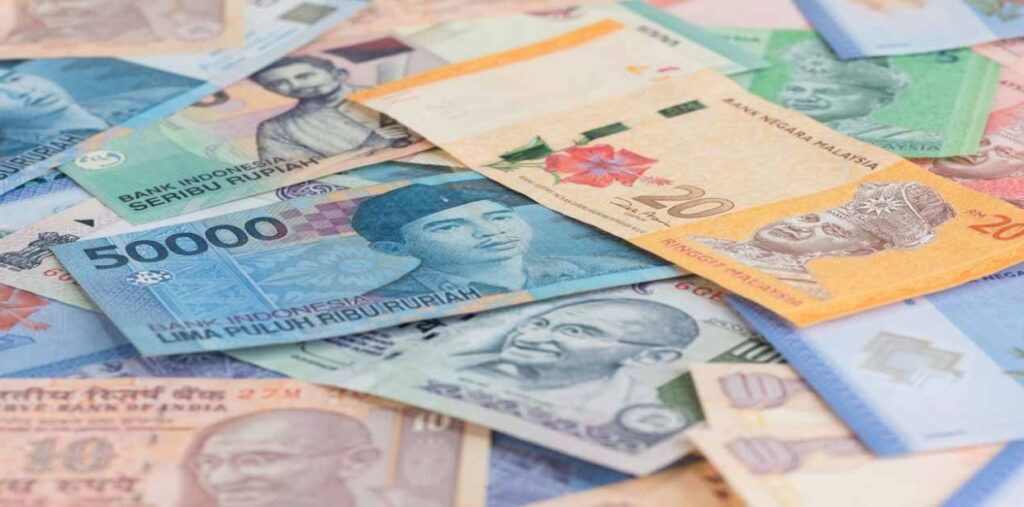Emerging Asian stock markets were mixed on Wednesday and currencies were on the defensive, as nervous investors awaited U.S. President Donald Trump’s new reciprocal tariffs on trading partners that may intensify global trade tensions and hit economic growth.
Equities in Singapore and South Korea fell 0.3% and 0.6%, respectively. Philippine shares advanced 1.1% and Malaysia stocks gained 0.6%.
Investor focus has been on the U.S. tariffs, set to be unveiled at 2000 GMT on Wednesday, dubbed “Liberation Day” by Trump. Trump previously said that nearly all countries would face duties, which are expected to take effect immediately after the announcement.
Stocks in Shanghai were up 0.1% and the yuan, which fell to a one-month low earlier in the session, was last flat at 7.270 per dollar.
“Over the last two weeks, we have seen all the trade-dependent Asian currencies underperform, including China,” said Rong Ren Goh, a portfolio manager in the fixed income team at Eastspring Investments.
“The renminbi has been very strong since January going into early March, but we’ve seen the selling interest start coming back…people are positioning into the April 2 announcement.”
Thailand equities, which lost more than 15% in the first quarter, rose 0.5% on Wednesday. Senior officials said that Thailand could suffer a $7 billion to $8 billion hit from potential tariffs if the U.S. administration were to even up levies between the two countries.
India and Thailand have the largest difference in the effective tariff rates with the U.S., making them prime targets for reciprocal tariffs, according to ANZ analysts.
Thailand wants to avoid U.S. tariffs and has said it would try to increase imports of corn, soybeans, crude and ethane to narrow its trade surplus with the United States. The baht was last marginally lower at 34.190 per dollar.
The Indian rupee weakened 0.1% and the Malaysian ringgit lost 0.3%.
Other regional currencies, including Singaporean dollar and Philippine peso, were largely flat.
ANZ analysts said that while the looming tariff threat poses significant downside growth risks for Asia, broad financial conditions remain supportive of growth, partly due to the monetary policy easing by regional central banks.
“However, we see a limit to how much further Asian central banks can cut rates. And with fiscal policy being constrained, we see a need for Asian currencies to bear a bigger burden of the tariff impact,” the analysts said.
HIGHLIGHTS:
** Markets in Indonesia closed for a public holiday
** BOJ warns of possible hit to global trade from planned new U.S. tariffs
** Thailand expects only short-term economic impact from quake, official says – Reuters


